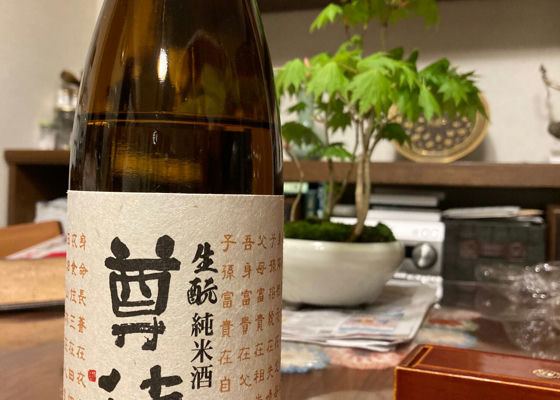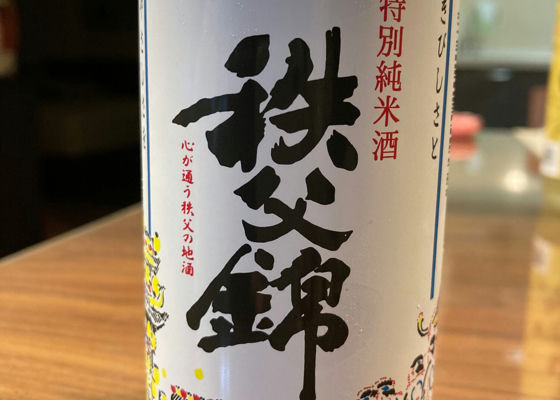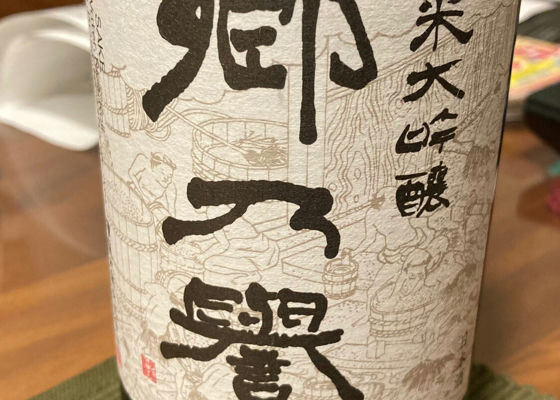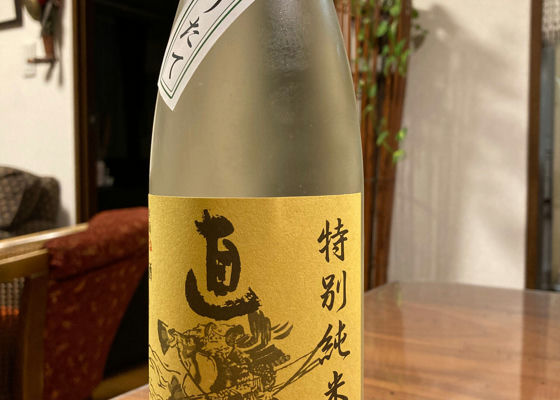
おさまとい
I was curious about this brewery after seeing a tour of the brewery in the media. This sake is made in Nikko, where Sontoku Ninomiya, famous for his statue of Kinjiro Ninomiya, practiced the Houtoku Siho. The label with the Houtoku motto on it is also very nice.
[Junmai Glass]
Aroma: The aroma of sake at room temperature when the bottle was opened, but when compared to other brands (Naozane and Chichibu Nishiki) after opening the bottle and drinking it cold, the impression was different. The aroma is of refreshing fruit and honey. It is not fruity, but a clear sweet aroma like condensed fruit "nectar". I can't find an appropriate fruit name for it, but if I had to guess, I would say apple? Pear? Yellow.
Taste: Mild on the tongue. Chichibu Nishiki (Chichibu, Saitama Prefecture): It has a clear, round, elegant taste with a fuller, stronger flavor than Chichibu Nishiki. It has a sweet aroma on the nose, but the taste is not too sweet, and there is no residual feeling in the mouth. It has a good balance of aroma and taste. After the aroma and drinking, a light acidity is felt in the corner of the mouth. Even two weeks after opening the bottle, the acidity does not increase, and the impression is that it becomes fuller.
Compatibility: It tastes sweeter with food than on its own, but the character of the sake does not interfere with it. Good with sashimi and sushi. It goes very well with butterbur miso.
This is my favorite of the three junmai sake (Naozane, Chichibu-Nishiki, and Sonotoku) that we compared on this day.
Japanese>English


